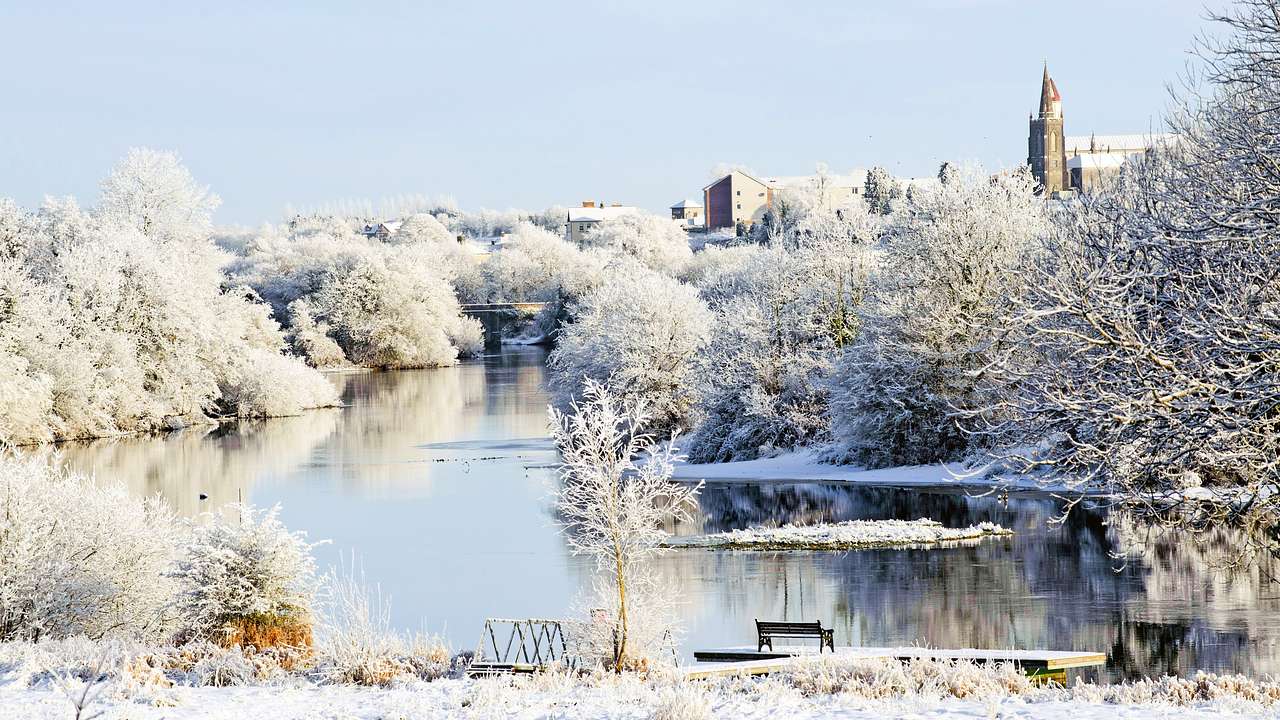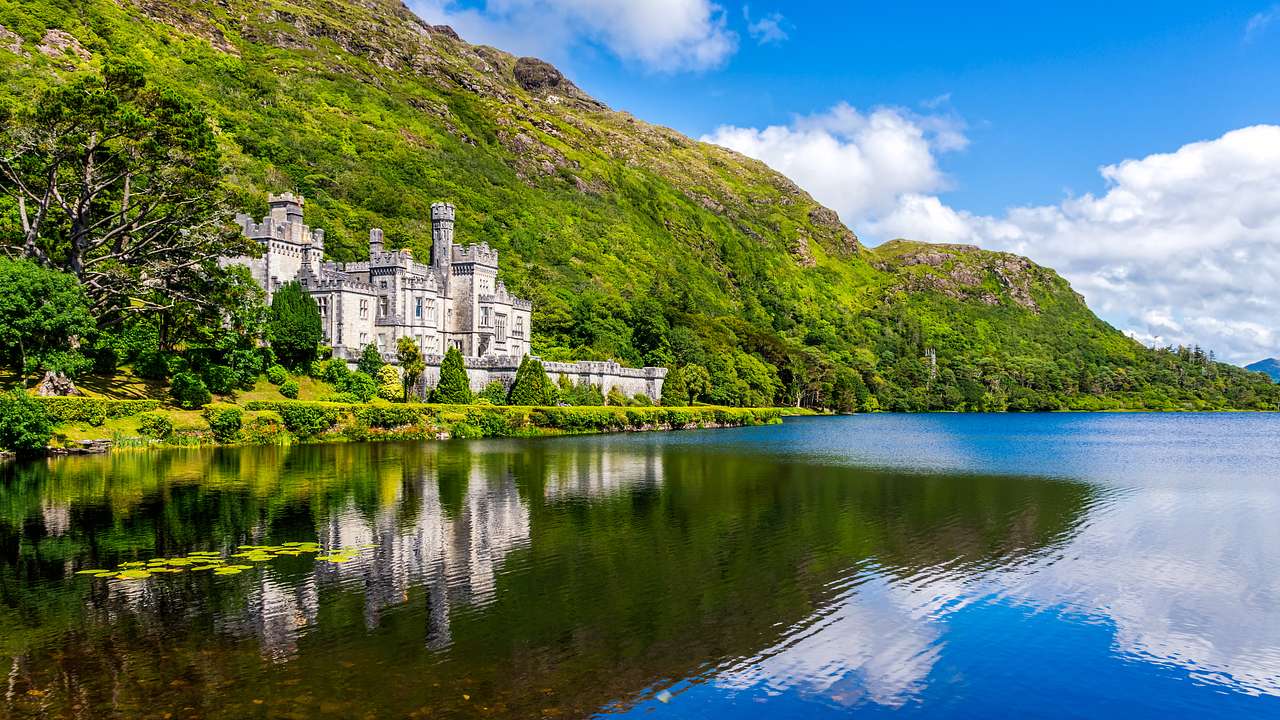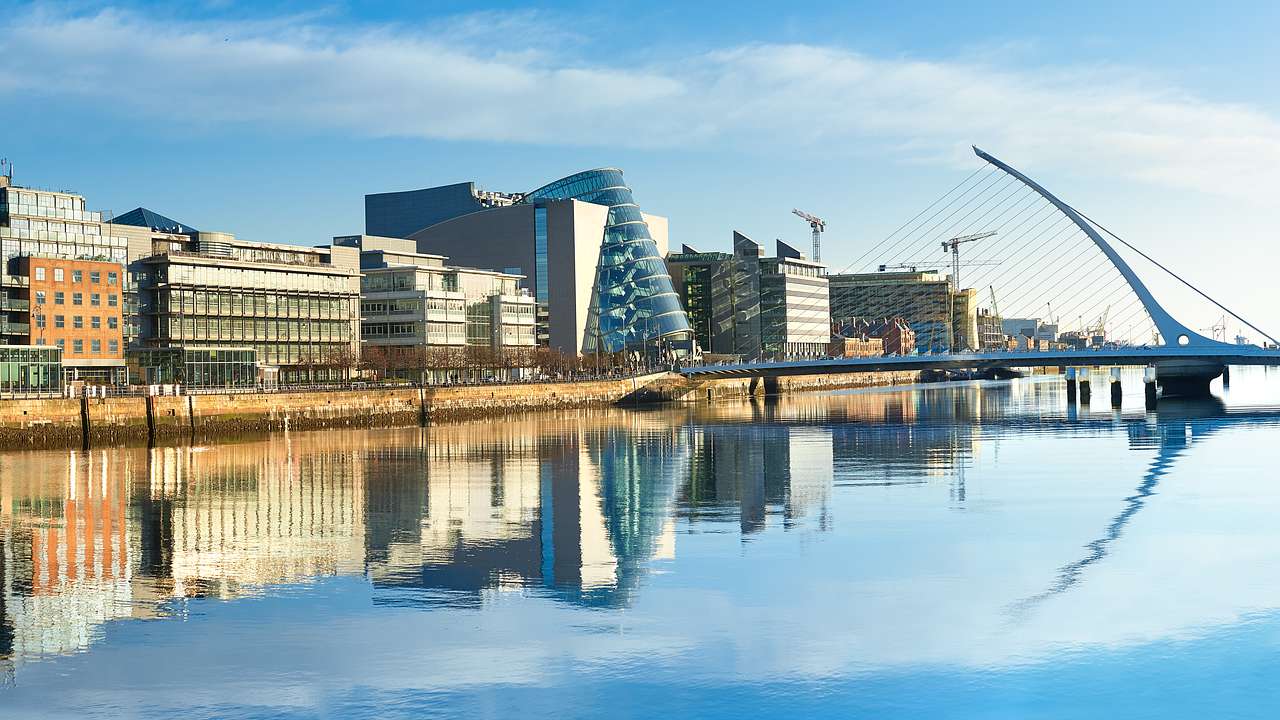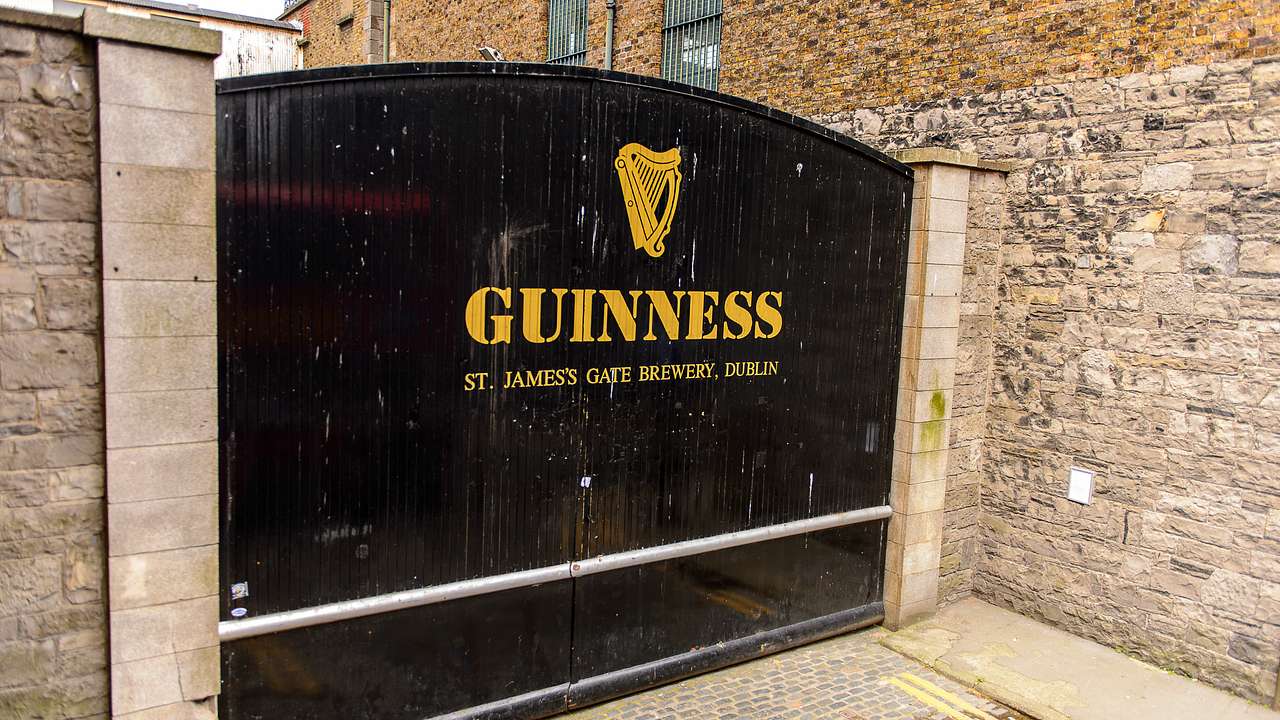10 Nicknames for Ireland and the History Behind Them
Destguides may receive commissions from purchases made through affiliate links in this article.

Ireland is a country known for its beer, greenery, and happy population. There's also plenty to do, see, and eat here, which attracts many tourists. Best of all, Irish people take pride in their country, often welcoming travelers with open arms.
The area's rich history and unique culture have led to the creation of many nicknames, like Hibernia and the Land of a Thousand Welcomes. Although some of these nicknames aren't in use today, learning about them can help you fall in love with Ireland's past and present.
There are 10 nicknames for Ireland to discover, each revealing a different facet of this stunning island. So keep reading to learn about their origins and uses.
10 Ireland Nicknames

Hibernia
One historic nickname for Ireland is Hibernia, which is a Latin word meaning abundant land. However, it originated from the word hibernus, which means wintry. The first written use of the name was by Tacitus, a Roman historian, in his 98 AD book Agricola. It then became popular among both Greeks and Romans.
Although it's an old nickname, it's still in use today, as it's where the name of the Scottish Football League team, Hibernian F.C., came from. People also use it in poems, songs, and literature.
Inis Fáil
One of many famous landmarks in Ireland is a stone called Lia Fáil. The stone is said to have mythical powers, which is why it's been used as a coronation stone in the past.
A supernatural race in Irish mythology, the Tuatha Dé Danann, brought this stone to Ireland and used it to create a new name for Ireland, Inis Fáil or Island of Destiny in English. This was then shortened to Fál, which is now an ancient name for Ireland. The stone is still standing on the Hill of Tara in County Meath, Ireland, but this nickname isn't as common anymore.

Land of Saints and Scholars
Ireland is known for its excellence in education and religion, which led to the creation of the nickname the Land of Saints and Scholars in Medieval times. Christianity spread quickly when it first arrived in Ireland around 400 AD. This allowed religious institutions, such as convents and monasteries, to flourish.
These institutions became places of learning, but when the Roman Empire fell, educational institutions around Europe fell with it. Since Ireland is far away on the western shores of the continent, the country's schools continued to evolve.
This led to Ireland's Golden Age, a period of religious, intellectual, and artistic excellence. It also resulted in the country earning the title "Insula Sanctorum et Doctorum," Latin for the "Island of Saints and Scholars."
Milesians
According to Irish mythical history, the Milesians were the final race of people to settle in Ireland. When they arrived in Ireland, they fought with the Tuatha Dé Danann.
Both groups agreed to split Ireland between them, so the Milesians took the world above, while the Tuatha Dé Danann took the world below, the Otherworld. Although it's believed this story is just a tale, Irish people today think of the Milesians as the original Irish people. Therefore, they may use the race's name as another name for Ireland.

The Celtic Tiger
Ireland had an economic boom between 1995 and 2007, creating the nickname Celtic Tiger. During this period, the economy grew at about 9.4% each year. Before this, Ireland was one of Europe's poorest countries, so this economic boom drew attention.
Kevin Gardiner wrote an economic report for Morgan Stanley, an investment bank, in 1994. He titled this report, The Irish Economy: A Celtic Tiger. The nickname caught on, and soon, people around the world were calling Ireland the Celtic Tiger.
Gardiner was referring to the Four Asian Tigers (Hong Kong, Taiwan, Singapore, and South Korea) when he created this nickname. Since Ireland's economy is still doing well, this nickname is used occasionally, especially in news articles by publications like the Irish Times.
The Emerald Isle
Another thing Ireland is known for is its vast greenery, which partially inspired the creation of the nickname the Emerald Isle. The phrase is first thought to have been seen in a 1795 poem by William Drennan called When Erin First Rose.
The poem references Ireland's green landscape, but in general, it was about political troubles in Ireland at the time against British rule. Drennan refers to Ireland as the Emerald Isle in one of the poem's stanzas.
People still use this nickname today, though infrequently. Primarily, it's used by tour companies that want to attract visitors to Ireland, promising them lush greenery across the island.
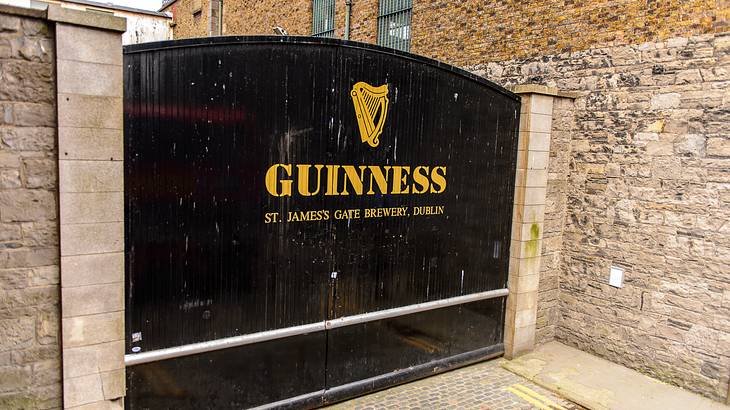
The Home of Guinness
One self-explanatory Ireland nickname is the Home of Guinness. Arthur Guinness founded St. James's Gate Brewery in 1759 in Dublin, Ireland to brew Guinness. He actually signed a 9,000-year lease for the space, which is now a famous landmark in Europe to visit and tour.
As the beer gained popularity, St. James's Gate Brewery became the largest brewery in Ireland in 1838 and then the world in 1886. Today, Guinness remains beloved in Ireland and around the globe. It's now brewed in more than 50 countries and sold in over 120.
Not many people call Ireland the Home of Guinness, but if you say the nickname, everyone will know which country you're talking about. Guinness also uses the nickname in a lot of its Irish marketing.
The Land of a Thousand Welcomes
Many Irish people use the phrase "céad míle fáilte" to greet each other, which means "a hundred thousand welcomes." You can see this phrase everywhere in Ireland, such as on shop windows, doormats, and arrival halls of airports
This phrase inspired the nickname the Land of a Thousand Welcomes (sometimes also called the Land of One Hundred Thousand Welcomes). Irish people are also known for being welcoming and hospitable, which helped perpetuate this nickname. Residents may be more hospitable than most because many are still raised with Behon Law, which are early Irish civil laws.
One of these laws was to provide hospitality to travelers, even if you don't know them. As many visitors experienced this hospitality, it made the nickname popular among tourists. Ireland's tourism board even uses it in their brochures to encourage people to visit the country.
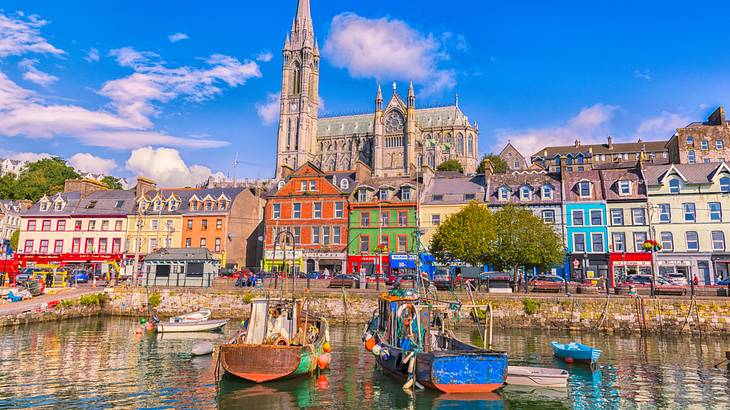
Éire
This one isn't really a nickname because Éire is actually the Irish name of Ireland. The name is a derivation from a word in the Irish language, Éiru, which is the name of a Gaelic goddess. Éiru had many identities, such as the matron goddess of Ireland, a goddess of the land, and a goddess of sovereignty.
Ireland has since had many names, like the Irish Free State or Oygia, but the names Éire and Ireland have stuck around in an official capacity. The names are used on things like Irish euros, stamps, and passport seals. Éire or Éiru have also become popular baby names, even to people outside of Ireland.
Auld Sod
In the 18th century, Ireland relied on potatoes for sustenance. Potato crops failed in 1845 because of a disease called the late blight, which impacted the crops for years, leading to the Great Famine (1845 to 1852).
As many Irish people were struggling to eat, they decided to leave the country. In fact, almost a quarter of the population moved to the United States during this time. The Irish people that left started calling their old home of Ireland the Auld Sod, with "sod" referring to the land and "auld" being a word for "old."
This Irish nickname helped them keep their memories of Ireland alive as most people didn't choose to immigrate, they were forced to. Today, this nickname isn't really in use.
In Summary
Poetic nicknames, like the Emerald Isle, highlight the country's breathtaking landscapes, while nicknames like the Land of Saints and Scholars honor Ireland's cultural heritage. These 10 nicknames reflect some essence of this beautiful country, even if one is just about Ireland's favorite beer!
If this article taught you something new about Ireland, share your newfound knowledge with your family and friends. This may inspire you all to take a trip to Ireland yourself to see the inspiration for many of these nicknames. Just don't forget to try a Guinness in its birthplace.
Want to keep exploring?
Subscribe for discounts on tickets and hotels and our latest guides.
Thank you for subscribing
We will be in touch soon with discounts on tickets and hotels and our latest guides.
Want to keep exploring?
Subscribe for discounts on tickets and hotels and our latest guides.
Thank you for subscribing
We will be in touch soon with discounts on tickets and hotels and our latest guides.


